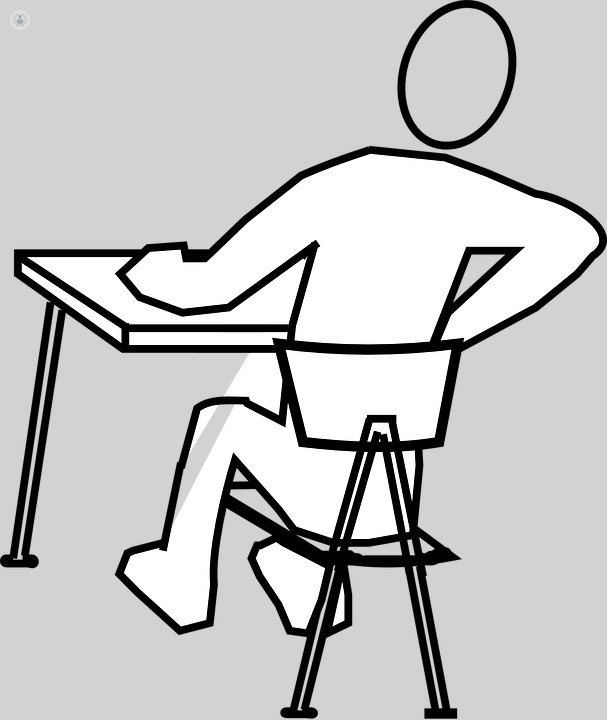Back pain, how to approach the treatment?
Written by:Low back pain, also known as lumbago, is the pain that occurs in the lumbar area, ie, in the lower back. Sometimes it can become disabling while globally represents, along with neck pain, the leading cause in quality years of life lost.

Symptoms of low back pain
The main symptom of low back pain is pain. This pain can come in different forms: acute or chronic, or intermittent followed, like a pinch, like a bite, etc.
The pain may also move to other areas. In low back pain is very common pain radiating to the thigh. If the pain goes down to the foot and is accompanied by tingling sensation cork or probably the patient is suffering from sciatica caused by compression of a nerve. If the pain shifts to the pubic area, it may be a nephrolithiasis (kidney stones).
Other symptoms that may accompany back pain and suggest that the patient undergoes a (general) systemic disease may include fever, weight loss or tiredness.
Treatment for low back pain
In the treatment of back pain two parts:
- Pain management
- Study of the cause of pain
Depending on the characteristics of pain, evolution time, whether the patient has other illnesses and also physical examination, the specialist in rheumatology can suspicions about what is the cause of pain. In addition, it is necessary to assess whether an imaging test.
Lower back pain can be acute or chronic, if more than three months duration. Most acute back pain get better without the need for any surgical intervention or treatment. Its cause is usually a muscle spasm or a bad gesture, although it is important to rule out vertebral fractures (4%), infections (0.01%), cancer (0.7%), inflammatory diseases and herniated discs with strength deficits in the lower extremities (2%).
On the other hand, the most common causes of chronic low back pain are: osteoarthritis, scoliosis, lumbar disc herniation and narrow channel.
It is important to know if the back pain is mechanical or inflammatory. The mechanical low back pain is the most common. Pain improvement to make rest and worsens with movement. Among the most common causes include osteoarthritis or muscular contracture. By contrast, inflammatory pain improves with movement and worsens with rest, also often accompanied by morning stiffness of more than 45 minutes. The importance of inflammatory back pain is that it can be the manifestation of an underlying systemic disease.
How can I prevent low back pain?
There are several factors that can aggravate or trigger back pain.
- Or sudden exercises, followed or inadequate movements. Especially when lifting heavy weight suddenly. Or less weight but repetitively and not properly.
- Awkward postures or unsuitable. In working hours it is very common to spend hours sitting. A position in the right seat can prevent the occurrence of low back pain.
- Overweight and obesity. The more weight back support, more likely to have low back pain there. And above all, in the long run it is more likely to suffer osteoarthritis of the spine.
Edited by Noelia García Pino



